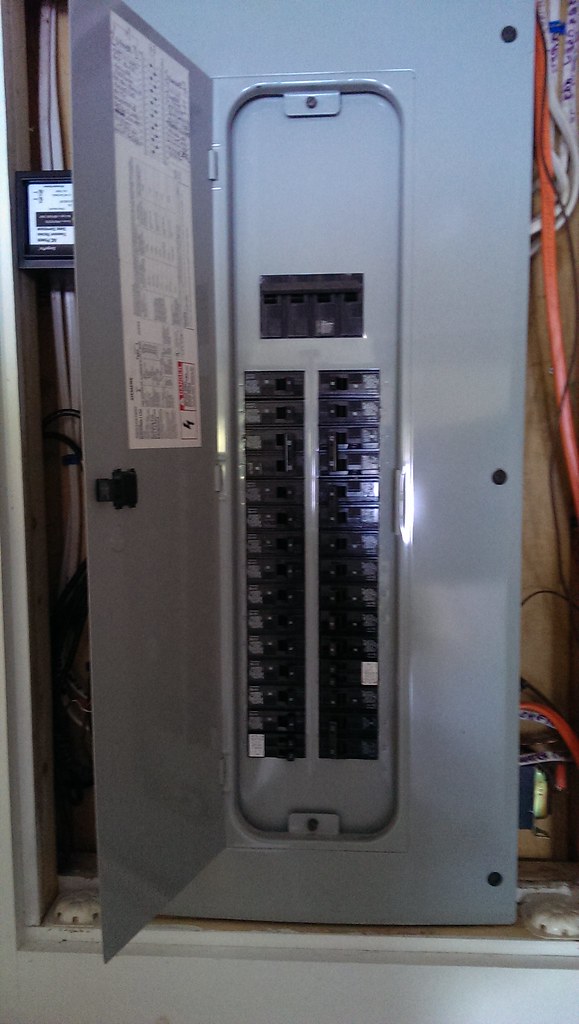Deja-Vu
Second charging location might require a Wall Connector.
I forgot, I have no garage at this second location. The access will be under a covered porch.
The Panel is just as Full, if not worse.
It is 150 Amp Service. But it has a Electric Range and Electric Dryer.
Also the top 4 breaker slots were damaged a long time ago. I forget the detail but I could not get breakers to have good contact.
I cleaned and polished them but I gave up, it was to risky to try salvaging those slots. I really didn't want to replace panel and I will some day.
So I put a Twins in every slot I could and moved everything down. This has worked great and a quick and dirty fix. Been stable for 10 years. But there is no room.
So I also have a 30 Amp electric heater here too. But in this case it's a back up heater in case the Oil Furnace doesn't fire up.
Furnace has never failed or electric had to come on in 15 years.
So I'm gonna tap this circuit again. But this time no A/B switch. But I might still put a box so one could be added later.
The reason is, if I left the switch on EV and forgot to put it back to the heater, it would be the one time the furnace doesn't fire up.
So I'm gonna wire it in parallel.
Since access is outdoors I'm not thrilled with having a 14-30 outdoors even in a waterproof box under a covered porch. Eventually I don't want to have to take the UMC out of the car each time. So it needs it's own UMC or Wall Connector. Since it's outdoors UMC isn't such a great idea leaving UMC outdoors forever. Wall Connector is design for outdoors.
One other problem is, I might barely use it. This is the only location that will cost me real money. I have excess solar capacity that I'm not using (Electric Company will credit kilowatts but not cash). There is a SuperCharger within 30 min North, West and South. The South one we go past on the way there and back and I always plan to top off there. My guess is the only time I'll want to charge at the new location is when the SuperCharger is full and I don't feel like waiting.
I'll post pics as I proceed for others.
I used 14-30 setup at home in garage last night for the first time. Everything worked just fine. Ordered UMC Bracket and Charge Handle Holder/Cable Organizer.




